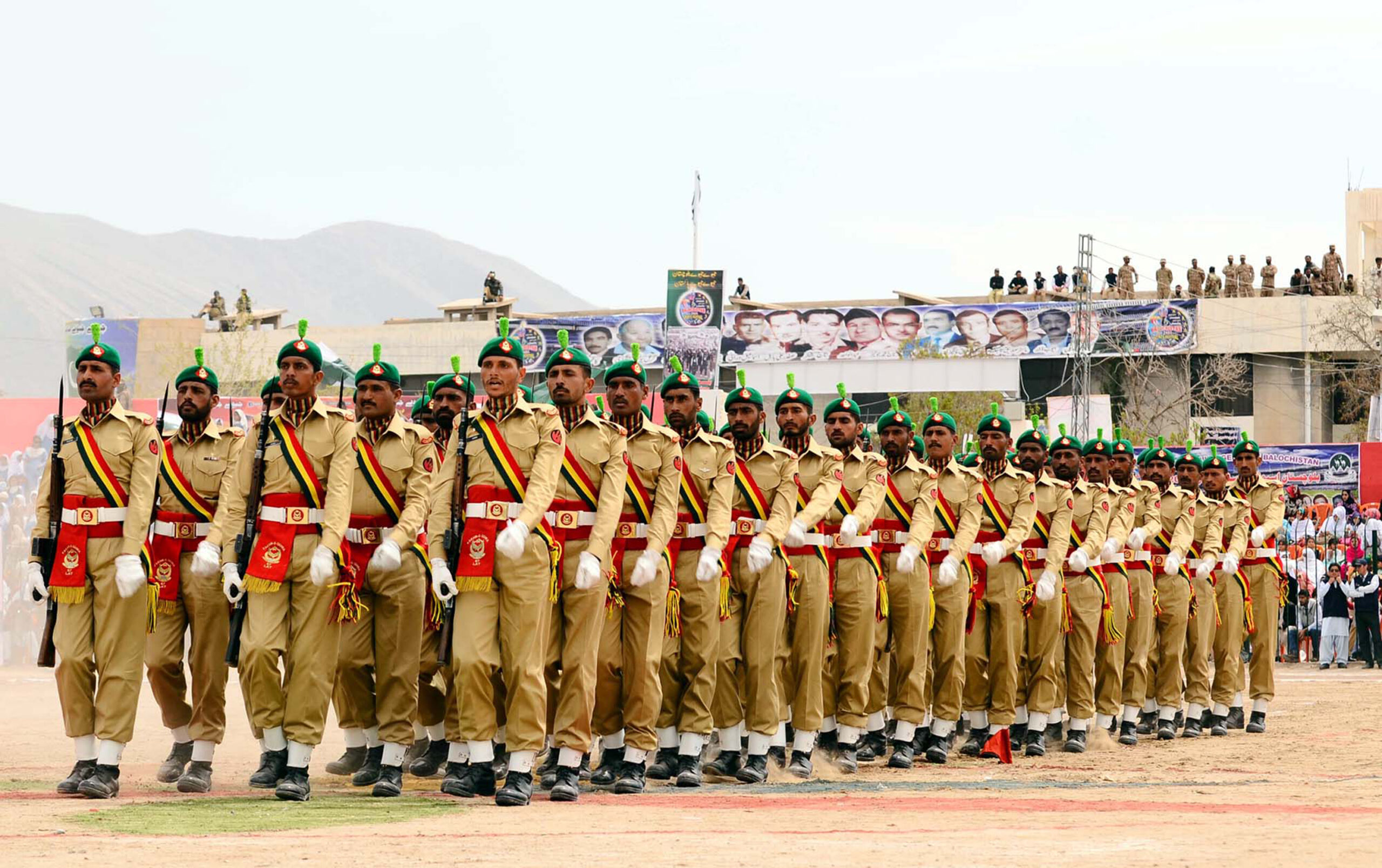
On March 23rd, 2024, Pakistan commemorated its national holiday, Pakistan Day, with a grand military parade in the capital city, Islamabad. This annual event celebrates national pride and provides a platform for the country’s armed forces to showcase their military might and technological advancements. The 2024 parade garnered significant interest due to the unveiling of several new aircraft and rocket programs, indicating Pakistan’s growing ambitions in the domestic defense sector.
A Spotlight on Domestic Production
A noteworthy aspect of the parade was the emphasis on domestically produced military equipment. One of the key highlights was the Haider platform, Pakistan’s first locally manufactured main battle tank. Based on the Chinese-designed VT-4, this tank represents a significant step forward in Pakistan’s efforts to achieve self-sufficiency in defense production.
The parade featured other domestically produced military hardware, including armored personnel carriers and combat vehicles. This focus on indigenous development signifies Pakistan’s strategic intent to reduce reliance on foreign arms imports and establish a robust domestic defense industry.
New Horizons in Aerial Defense
Strengthening the Nation’s Rocketry Arsenal
The unveiling of new rocket programs marked another significant development at the parade. While the specific capabilities of these programs were not revealed, analysts speculate they could encompass a range of applications, including ballistic missiles and enhanced space launch capabilities. This strategic move underscores Pakistan’s commitment to strengthening its national security posture and potentially expanding its presence in the space domain.
Implications and Regional Dynamics
The unveiling of these new defense programs has generated discussion within Pakistan and has been closely monitored by regional and international observers. Here are some potential implications:
- Enhanced Military Capabilities: The development of these new technologies could significantly enhance Pakistan’s military capabilities, potentially impacting regional power dynamics.
- Focus on Self-Reliance: The emphasis on domestic production signifies Pakistan’s strategic goal of reducing dependence on foreign military equipment and fostering a self-reliant defense industry.
- Potential for Regional Arms Race: The development of these advanced weapons systems could potentially trigger an arms race in the region, raising concerns about long-term stability.
The Road Ahead: Challenges and Opportunities
Pakistan’s advancements in domestic defense technology present both challenges and opportunities. Here are some key considerations:
- Technological Development: Successfully bringing these programs to fruition will require sustained investment in research and development, along with access to critical technologies and materials.
- Economic Considerations: Developing and maintaining advanced military equipment is a resource-intensive endeavor. Balancing these costs with broader national development goals will be crucial.
- Regional Security: Open communication and dialogue with regional neighbors will be essential to ensure transparency and maintain regional stability.
The unveiling of new aircraft and rocket programs at the 2024 Pakistan Day Parade signifies a pivotal moment in the country’s defense development journey. While challenges lie ahead, this event underscores Pakistan’s ambition to build a robust domestic defense industry and potentially redefine its position in the regional security landscape. The success of these programs will depend on Pakistan’s ability to navigate the technological, economic, and diplomatic complexities involved. Close observation of these developments will be crucial for understanding their long-term implications for regional security dynamics.